Regulus is a quadruple star system composed of four stars organized into two pairs. It is the brightest object in the constellation of Leo and the twenty-first-brightest in the night sky.
Key Facts & Summary
- Regulus is 79 light-years / 24 parsecs distance away from the Sun.
- The prime binary star Regulus A – consists of a blue-white main-sequence star of spectral type B7V, and it’s elusive – (not directly observed companion star) is believed to be a white dwarf.
- Regulus, along with the 5 dimmer stars Zeta Leonis, Mu Leonis, Gamma Leonis, Epsilon Leonis, and Eta Leonis are collectively called the Sickle. This is an asterism that marks the head of the Leo constellation.
- The Regulus system as a whole has an apparent magnitude of + 1.35. The source of the light output is dominated by Regulus A.
- If Regulus B would be seen in isolation, it would be a binocular object of magnitude + 8.1.
- Regulus C is the faintest of the three stars which has been directly observed. It has an apparent magnitude of + 13.5.
- Regulus BC lies at an angular distance of 177 arc-seconds from Regulus A. Thus the BC pair is visible through amateur telescopes.
- Regulus is 0.4 degrees from the ecliptic and thus is often occulted by the Moon. Occultations by Mercury, Venus, and generally asteroids are possible, though rare.
- Regulus A has around 3.8 solar masses, bigger than our sun though its primary companion, Regulus B, is smaller having only 0.8 solar masses.
- The smallest star of the Regulus system is Regulus C, with an estimated 0.3 solar masses.
- Regulus A is the brightest star of the system, having around 288 solar luminosities.
- Regulus A has an average temperature of around 12.460 Kelvin. Our Sun in comparison has an average temperature of 5.778 Kelvin.
- Regulus B is much dimmer, having only 0.50 solar luminosities, and an average temperature of around 4.885 Kelvin.
Also known as Alpha Leonis –it is the brightest star in the Leo constellation. Since Regulu is sufficiently bright enough, many civilizations had the change to witness it with the naked eye and record it.
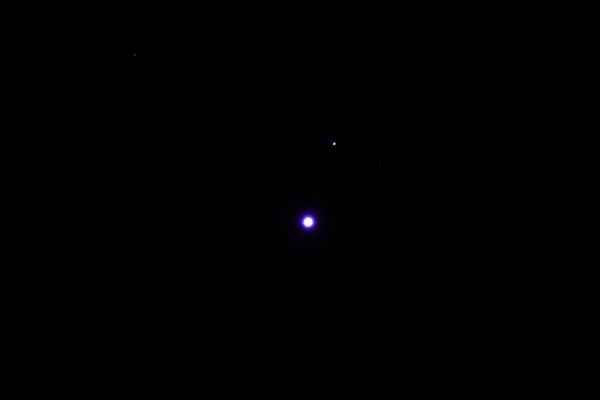
The star was heavily associated with magic and had religious significance to the ancients. They, of course, did not know that this star was actually a quadruple star system.
The name Regulus actually means “Little King” or “prince” in Latin. The star was also known as Basiliskos, Cor Leonis – Lions heart. It was the Polish astronomer and inventor of the heliocentric system Nicolaus Copernicus who gave the star its name.
In the late medieval era, Regulus was one of the 15 Behenian fixed stars, which were believed to have an influence on the planets or magical properties in rituals.
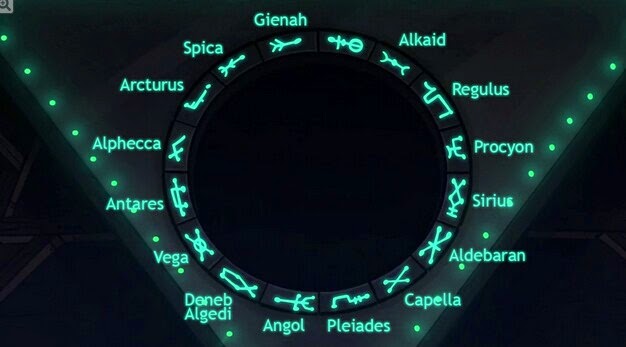
Formation
The age of Regulus was estimated to be around 50 to 100 million years. This is actually a very young age for a star. This belief was shattered though when astronomers discovered one of Regulus’s companions which appeared to be a white dwarf star.
The existence of this white dwarf now puts the Regulus system at an age of around 1 billion years old. As technology will advance, we will one day know exactly the star systems age and thus when it formed.
Distance, Size, and Mass
At a distance of 79 light-years / 24 parsecs from the Sun, the Regulus system is quite far from us. The primary star Regulus A has 3.8 solar masses and a radius of around 3.9 solar radii.
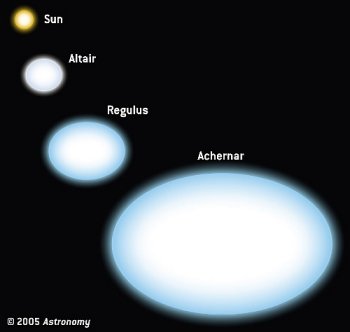
Star System
The primary pair, Regulus A and Regulus B are separated by a distance of around 0.40 AU. They have an orbital period around a common barycenter, which is completed once every 40 days.
Regulus B is a main-sequence star. It has a lower mass than our sun, at around 0.8 solar masses. It is also much cooler than our sun at temperatures around 4.885 Kelvin.
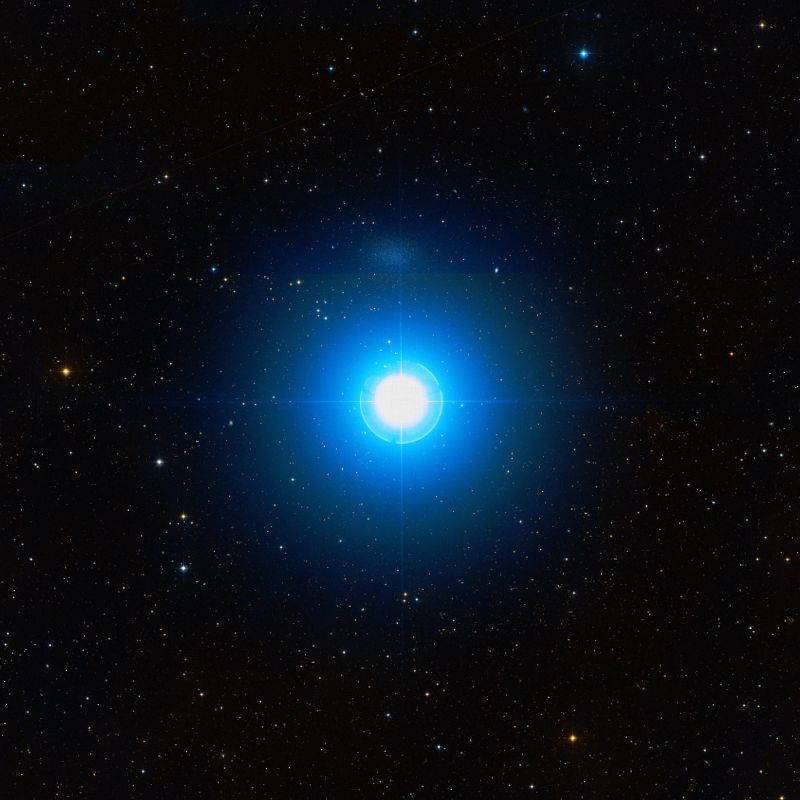
The second binary pair of stars, designated Regulus CD, is around 5.000 AU away from the primary pair. They share a common proper motion and are about 100 AU away from one another.
Observations suggest that the main component in this subsystem is a K2V-type star, with the companion possibly being an M4V-type star.
Other Characteristics
The primary star, Regulus A, has a very fast rotational velocity of 347 kilometers / 215 miles per second. Thus it has a highly distorted shape and it is affecting the orbit of its companion.
The shape of Regulus A is highly oblate and its spin rate is around 15% below the value at which the star would fly apart under its crushing centrifugal force which is generated by its high rotational velocity.
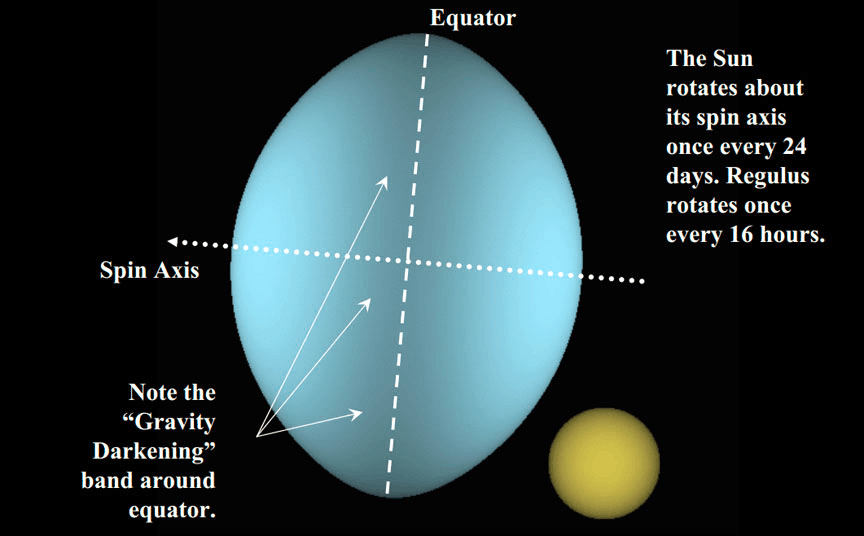
Another problem generated by its fast spin rate is the fact that it is producing what is called a gravity darkening. This phenomenon actually means that Regulus is a lot hotter at its polar regions than elsewhere.
These regions are also in response, almost five times brighter as the stars equatorial regions. Why this star is rotating so fast is still unknown. The star is believed to have an equatorial diameter of around 32% larger than its diameter at the poles.
Because of this, it has a rotational period of around 15.9 hours and it is emitting polarized light. Some other examples of stars in this situation are Vega, Altair, and Achernar.
It is believed that Regulus A was much smaller in the beginning but accumulated mass as Regulus B became a white dwarf. Some speculate that it is because of this transfer of mass that Regulus A is spinning at such a high rate.
Location
Regulus is situated in one of the most prominent asterisms known as the Sickle of Leo. The Sickle consists of a couple of stars that outline the mane of the celestial Lion, with Regulus at the base.
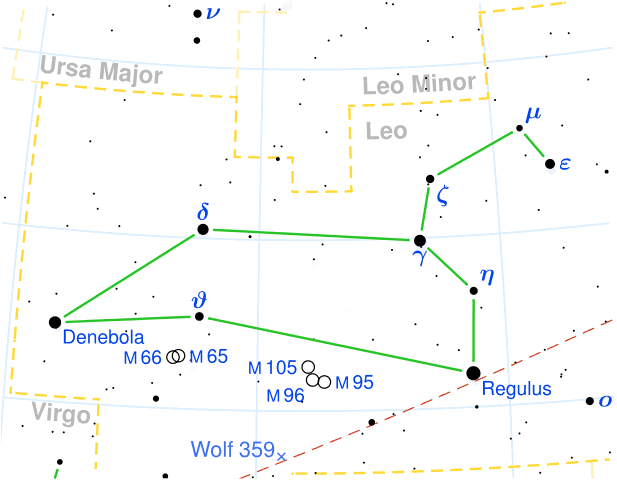
Together with the stars Spica and Arcturus, Regulus forms another prominent asterism known as the Spring Triangle. This asterism appears in the evening sky from March to May.
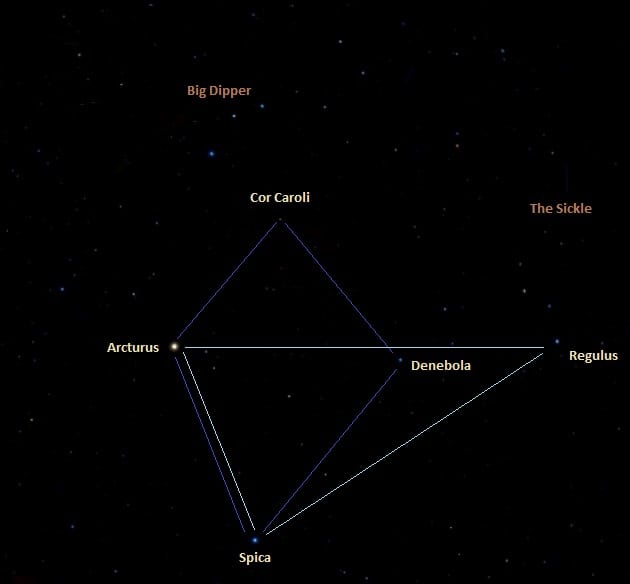
The Future
If something will make Regulus spin around 10% faster than it currently does, the star will fly apart as its gravity wouldn’t be strong enough to hold it together.
As the star held great symbolic meaning in the past, it is greatly studied in the present and will be in the future since most of its unusual quadruple system remains a mystery. There are many more things that we need to know about Regulus, and as such the star will continue to be observed for many centuries to come.
Did you know?
- To the Chinese, Regulus represented one of the Fourteenth Star of Xuanyuan, the Yellow Emperor.
- The Babylonians called Regulus, Sharru – which translates to “the King”. It marked the 15th ecliptic constellation.
- To the ancient Persians, around 3000 B.C., Regulus represented one of the four royal stars of Persian monarchy. The other stars were Aldebaran, Fomalhaut, and Antares.
- Venus will occult Regulus on the 1st of October, 2044. This won’t happen again for millennia.
- Regulus can be seen from the northern hemisphere in the late winter and early spring. The star can be seen in the southern hemisphere in the evening.
- Regulus was occulted by Venus in 1959.
- In television, Regulus is the name of a character in the Harry Potter series. It also appears in shows such as Star Trek or Babylon 5.
- If Regulus would replace our sun, the Earth would probably burn to a crisp.
Sources:
Image source:
- https://upload.wikimedia.org/wikipedia/commons/8/86/Regulus_1.JPG
- https://cayelincastell.com/wp-content/uploads/2017/10/behenian-star-glyphs.jpg
- https://www.daviddarling.info/images/flattened_stars.jpg
- https://www.constellation-guide.com/wp-content/uploads/2015/04/Regulus.jpg
- http://userscontent2.emaze.com/images/f9b4b808-2b65-4c6c-a282-90c24542e116/cca612f1-7262-486a-b958-5387b3385b53.png
- https://upload.wikimedia.org/wikipedia/commons/thumb/7/71/Leo_constellation_map.svg/617px-Leo_constellation_map.svg.png
- https://www.star-facts.com/wp-content/uploads/2019/09/Spring-Triangle-and-Great-Diamond.jpg?189db0&189db0
